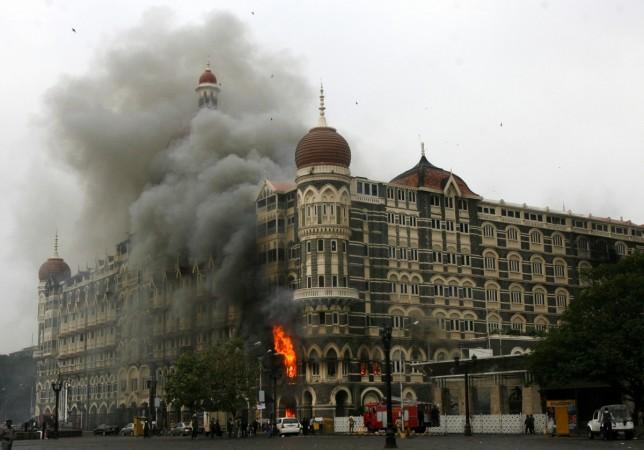
The 26/11 Mumbai terror attack could have been prevented had the British, American and Indian spy agencies pulled together all the data collected by their high-tech surveillance of the plotting and planning by the terror organisation, Lashkar-e-Taiba.
The investigation report "In 2008 Mumbai Killings, Piles of Spy Data, but an Uncompleted Puzzle" by New York Times, ProPublica and the PBS series 'Frontline' revealed "the vulnerability as well as the strengths of computer surveillance and intercepts as a counterterrorism weapon".
According to the report, the agencies' failure to miss a chance to prevent the ghastly terror strike was "the most devastating near-misses in the history of spycraft". The terror outfit Lashkar-e-Taiba's (LeT) terror plans were uncovered only after they had launched their strike.
"No one put together the whole picture. Not the Americans, not the Brits, not the Indians... Only once the shooting started did everyone share" and "the picture instantly came into focus," Shivshankar Menon, who was the then India's foreign minister, said.
The British had already started spying LeT's ploys using Zarrar Shah's "online activities, tracking his Internet searches and messages". Later, American spies too sensed the threat and alerted India. Shah, the technology chief of LeT, had "used Google Earth to show militants the routes to their targets in the city". He was plotting the attack safe hideouts near the Arabian Sea.
The United States "had picked up signs of a plot through other electronic and human sources, and warned Indian security officials several times in the months before the attack," the report read.
The report further revealed that neither did India act upon United States' alert ahead of the attacks, nor did the British spies, who had access "to a trove of data from Zarrar Shah's communications". The British spies contended that the information was not sufficient enough to detect the threat.
Not only did the Britain miss the terror alerts, the US too slipped. Another accused of the Mumbai terror attack, David Coleman Headley's wife had alerted the US officials that her husband "was a Pakistani terrorist conducting mysterious missions in Mumbai". The US officials had received this information months before Mumbai lost 166 people in the mayhem.
A former senior United States intelligence official said: "We didn't see it coming. We were focused on many other things — Al Qaeda, the Taliban, Pakistan's nuclear weapons, the Iranians. It's not that things were missed — they were never put together."
They were only able to join the dots after the attack begun in Mumbai on the fateful night of 26 November lasting until 29 November, 2008.
"After the assault began, the countries quickly disclosed their intelligence to one another... That cooperation among the spy agencies helped analysts retrospectively piece together 'a complete operations plan for the attacks'," a top-secret NSA. document said," according to the NYT report.

















